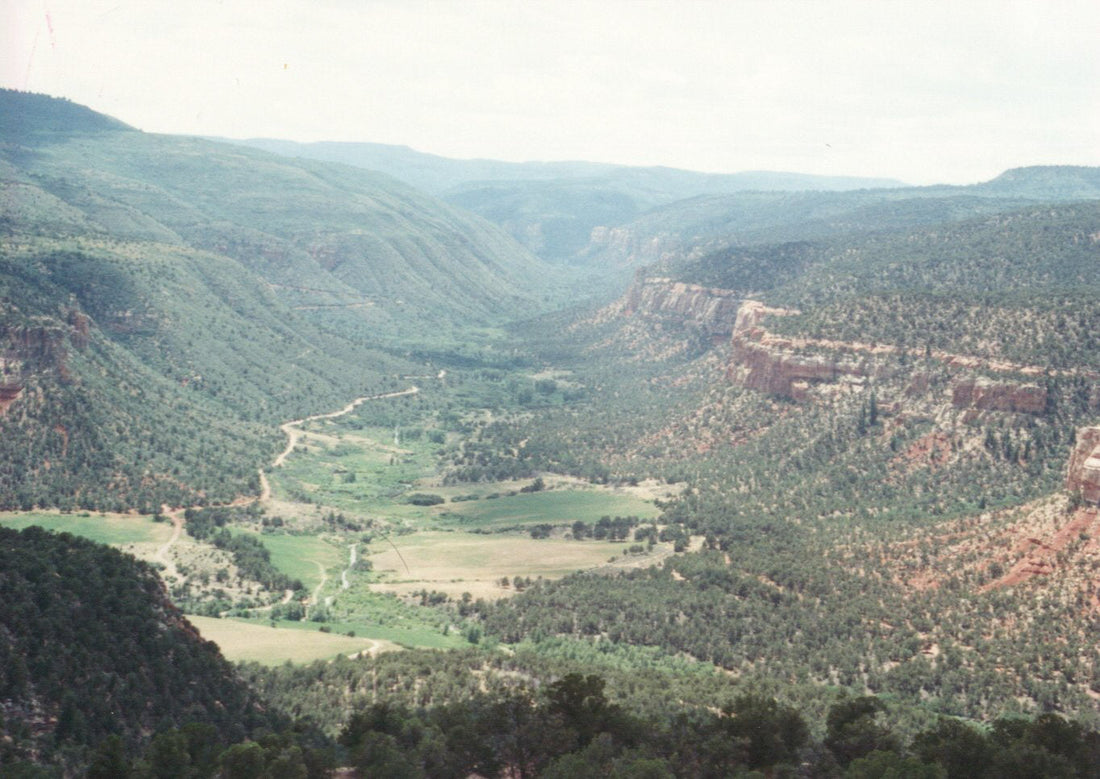The field season is upon us. That special time of the year when we dust off our boots (ok, who am I kidding, there is no dust as I wear them year-round), gather the gear, and head to the hinterlands on our quest for treasures of yore.
A bit melodramatic, but it is spot-on. Paleontology is, for me, as much about the adventure as it is the discovery. Part of its allure is the fact that I have traveled to 6 continents (Antarctica, I’m lookin’ at you…) and 49 states (ah, Alaska…) literally chasing tail. I chose to specialize in the caudal (tail) vertebrae of sauropods because a) I think sauropods are the coolest dinosaurs and b) they had between 50 and 80 sturdy tail bones, giving me a good chance to ply my taxonomic trade pretty much everywhere.
Finding dinosaurs is but half (or more :-) of the fun! I have looked for fossils in game preserves, garbage dumps, sides of cliffs, lakeshores, and middle-of-nowhere desert locales. The team has carried ladders to allow us to reach otherwise inaccessible locales, using ladders to climb impassable areas with other ladders on our shoulders so we could keep pushing onwards, ever searching. The show Deadliest Catch does a great job at capturing the feeling of looking for fossils, always up against deadlines and money crunches, never sure where the fossils actually are, and when finally found, are they just scraps or did we find a sweet place to dig?
Finding fossils is just the beginning. There is the matter of getting them out of the ground and back to the lab. In the “real” world of paleontology, the less bone we expose, the better, as conditions in the field are variable. In the lab, we can control for floods, vandalism, humidity, etc. I learned, when working at my very first dig site, that though I thought I was being cool in uncovering the entire sauropod radius (arm bone) when I returned the next day I learned it had been buried in wet clay. By fully exposing it to the sun, I inadvertently dried out all the clay, which resulted in many cracks. Had I waited until I was in the lab, I could have slowly uncovered the bone and treated it as I went, saving myself dozens of hours of labor. On that same dig, I spent an afternoon excavating a turtle. Rather than simply dig around the turtle I wanted to see its shell in all its glory. Late in the day, a massive thunderstorm hit the quarry, filling the hole I had dug around the turtle with cold, muddy water. I had to wait 3 days before the bone dried out enough that I could work on it. It was then I finally embraced the “uncovering less is more” approach, leaving as much of the fossil in the matrix as possible for revelation in the lab.
Preparing fossils is often like assembling a puzzle where one doesn’t know what the picture looks like nor if all the pieces are present. Comparative anatomy becomes as important as a steady airscribe hand, for the faster one can recognize what is in the block being worked on the easier the preparation job becomes. That wonderful moment of epiphany when, after hours of carefully exposing the fossil, you realize what you are working on makes preparation almost addicting.
Often fossil preparators are put in front of a glass wall so the public can watch (and it makes for an inexpensive exhibit!). I always enjoyed preparing fossils for an audience. Many times I invited folk into the lab itself so they could not only see but hear, smell, touch, and taste the work we were doing. To me, people’s interest in dinosaurs makes the paleo world go round. Will most of the children that are interested in dinosaurs go on to become paleontologists? No. But many will gain an understanding and appreciation of science that not only may lead them to a STEM profession but expose them to the scientific method (and lots of Greek and Roman vocabulary!) and, I believe, helps instill within them wonder for the world.
It is that wonder that greets me every morning before heading out to look for fossils. The fact that I am walking ground that dinosaurs lived and died on 144 million years ago, never fails to amaze me. I marvel at the complex ecosystem present when I hike, one full of gnats, flies, spiders, scorpions, centipedes, snakes, sharp plants, dust, and thunderstorms. I ponder what the dinosaurs’ ecosystem was like. Will today be the day I find a dinosaur, one never before recognized, and breathe life into its old bones? If so, fantastic! If not, I soak up Nature and enjoy the experience of searching. The field season is upon us, may yours be amazing!

Dry Mesa Dinosaur Quarry, view from the edge of the site.

